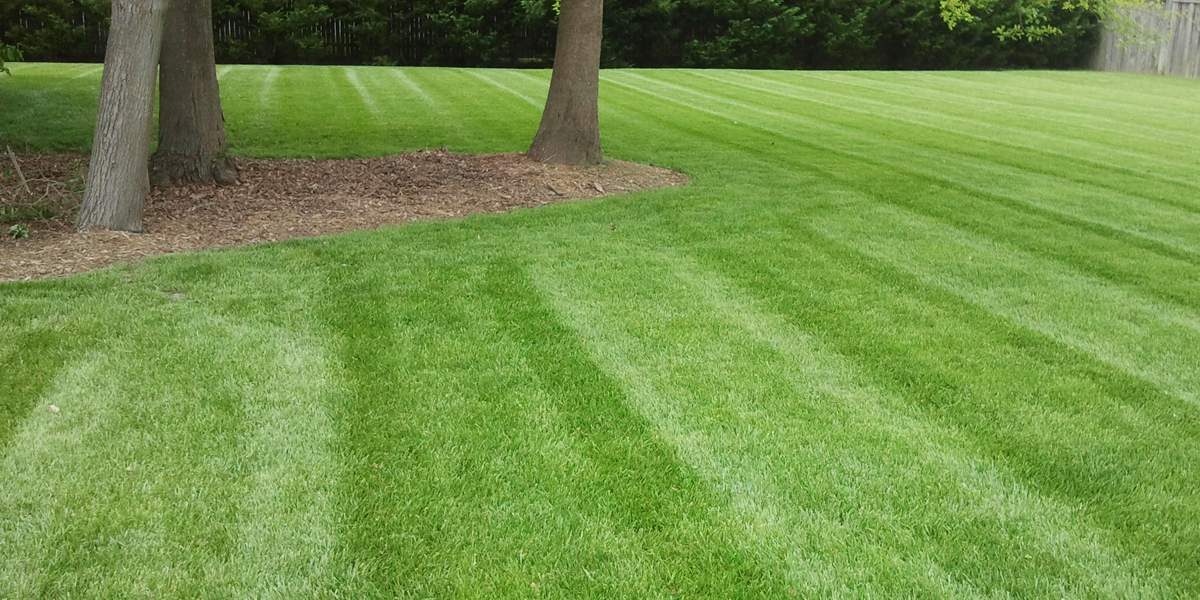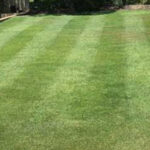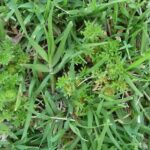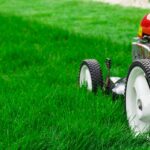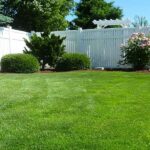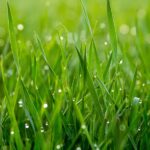In these times of less and less spare time and a premium on waste, comes a product that will give you both more time and less waste.
What does it do? (the technical bit)
TGR reduces leaf elongation through inhibiting Gibberelic acid. Producing smaller leaves means less water loss through transpiration.
Benefits:
• Improves turf durability (wear tolerance)
• Heat stress conditioning through a reduction in peak leaf area production
• A reduction in water used by the plant (means less reticulation required on turf surfaces treated with TGR)
• The smaller more efficient leaf areas are cut away less, therefore, storing foliar fertiliser applications longer and extending the life of fertiliser activity (as they aren’t cut away as harshly after mowing)
• Improved turf density, reducing water loss from soil surface evaporation
• Better performance in shaded areas
Advantages for the home owners who cut their lawn
Turf Growth Regulation (TGR) will help the home owner who mows their own lawn, by reducing the amount of clip and grass waste after each cut. This is especially desirable for those living in councils with no green waste pick up bin. For those lucky enough to have a green waste pick up, a 100 -200sqm lawn will fill a bin in the one cut producing a couple of catchers full in peak growth season.
Please note, the lawn cutting frequency doesn’t change, if the frequency (as it should be) is at least fortnightly in Oct-May and 3 weekly May through to Oct.
Many clients stress their disappointment after cutting (either by a lawnmowing contractor or cutting themselves) the “scalping” or removal of all that glorious green leaf tissue. Then having to wait a week or so for it to produce new leaves from those slaughtered stems, only to have it cut a week later and the whole process starting again.
TGR also provides tolerance for those landscaped lawns with bumps, swales and hollows when cylinder mowers tend to “dig in” as it mows an unlevel surface.
Clients want a lawn just like a golf fairway at their local golf club. With TGR you can begin to achieve this. The truth is that many Golf/Sports clubs use TGR because of their desired reduced clipping rates, reduced wear and tear on cutting blades/machinery and that great clean green appearance of a freshly mown but non-scalped turf surface.
Rewards for the extremely keen
If you are the home lawn owner who is mad about lawns, cuts every week and wants the highest quality surface in the street then TGR is just the service/product for you. The product loves a weekly mowing frequency. The turf standard will respond accordingly with a tight, manicured appearance.
Rewards for the not so keen (the spasmodic approach to lawn care)
It is true that for the not so keen lawn owner TGR will also help keep scalping and entire green tissue removal to a minimum (if you’ve been less than vigilant and haven’t mown your lawn for a month mid-summer).
Whilst it isn’t really a recommended situation for TGR, it will help if your lawn cutting is not regular.
Advantages for the Lawnmowing Contractor
At this point, I can almost hear the cutting contractor calling for my head as they fear a reduction in cutting frequency… this is NOT the case. A TGR treated lawns cutting frequency should not change!
Benefits include:
• Less complaints of scalping after a cut
• A reduction in time to cut as a reduction of trips back to the bin with a full catcher
• Less trips/costs to the tip
• Less wear and tear on bottom blade
• Less regular need for sharpening.
• Less scalping on those hard, tight turn, uneven lawns.
Turf varieties
The TGR product is safe on all home lawns including:
Couch grasses
Buffalo varieties
Zoysia
Kikuyu
Cool season Rye grasses and Fescues.
Product can be applied on the day after or before a cut.
How long will a single application last?
A single application will last up to 6 weeks. I recommend applying two-three times per peak growing season from Nov-April. TGR isn’t applicable in winter as growth slows down and enters dormancy through the cool season.
What about toxicity?
The TGR product is a schedule 5 which is the lowest toxicity rating on the Schedule rating. (5,6 and 7)

